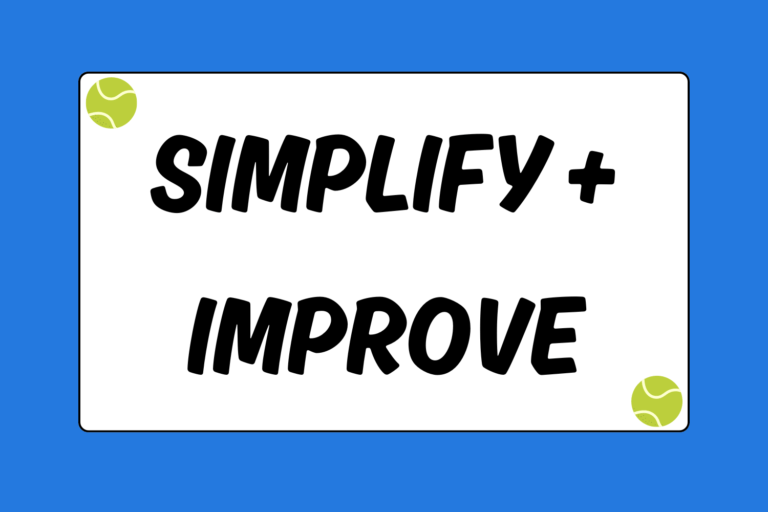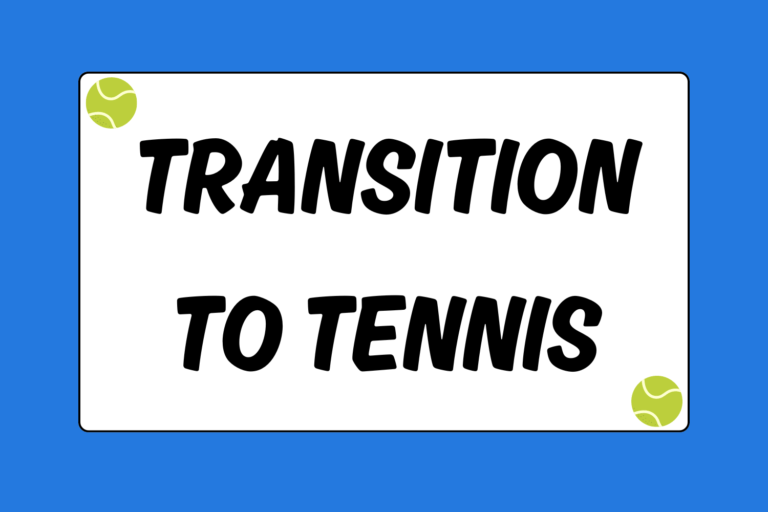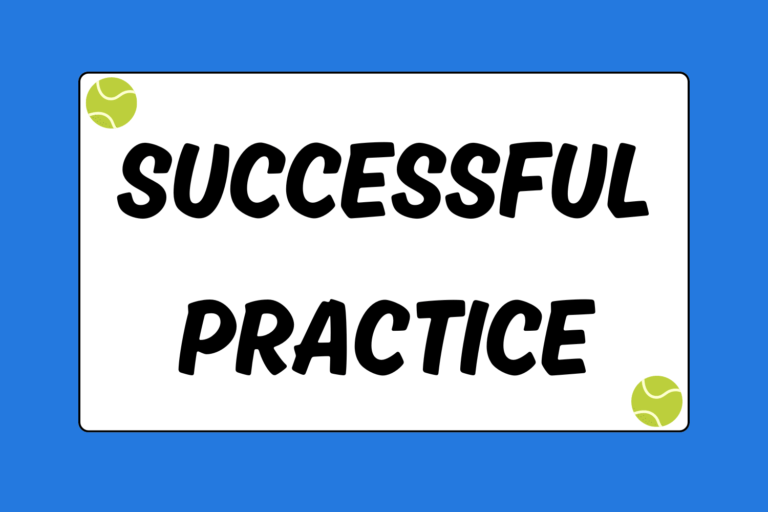As the leading outcasts of the tennis community, unforced errors can initiate a player’s self-destruction and eventual downfall. Most players can mentally applaud their opponent when he blasts a clean winner down the line, but unforced errors are a different story. Self-imposed mistakes are the ultimate low point for a tennis player and often lead to a sure loss. This tennis guide outlines five tips that will help you extend points and reduce unnecessary mistakes.
Unforced & Unfortunate
You can’t become a dominant opponent until you learn how to limit unforced errors. The following five tips explain how to play more consistent and intelligent tennis:
1. Start Slow
Even with the greatest warm-up routine, you’ll likely play your best tennis in the mid and latter stages of a match. Rather than going for clean winners right out of the gate, focus on keeping the ball in play, hitting the ball deep, and using angles. Move your opponent around the court, and look for weaknesses in his game.
As the match drags on, your nerves should settle and you’ll feel more comfortable going for winners. Additionally, as you go deeper into the match, you should gain a clearer idea of the shots that are working for you and the shots your opponent is struggling to deal with.
2. Return the Serve
Going for a winner off of the serve return is a major mistake and a common error among players of all levels. While you want to maintain an aggressive mindset throughout the match, attacking first serves often leads to easy points for the server. Unless service returns are your specialty, try to place the ball rather than smashing it for a winner.
If you anticipate a certain serve and get a great read on the ball, let loose and go for a quick putaway. In general, though, try to extend the point and close it out when the opportunity arises.
3. Return to Sender
The following piece of advice cannot be stressed enough: When your opponent hits a ball hard, don’t try to change its direction. For example, if he hits a crosscourt shot with a ton of pace, return the ball crosscourt. Changing the direction of the ball almost always leads to an error — it’s simply too hard to control.
Sending an opponent’s down-the-line shot back down the line, however, is difficult. Compared to hitting a ball crosscourt, you have much less court to work with and much less margin for error. Nevertheless, try your best to hit the ball back to where it came from.
4. Keep Your Feet Moving

You should master your footwork in practice and training, and carry those principles over into your match. For more information on how to improve your footwork, refer to the guide, Tennis Footwork Drills.
5. Play Defense on the Run
If your opponent forces you into a running shot, simplify your stroke and keep the ball in play. It’s extremely difficult to hit with pace while running, and doing so often leads to a quick error. Rather than trying to paint the line or hit a winner, slice the ball back over the net or hit a safe crosscourt shot that allows you enough time to recover to the middle of the baseline. At best, you will hit a handful of running winners in a match, so play the odds and focus on extending the point.
A Liberating Force
There’s no worse or more frustrating mistake in a game than an unforced error. To boot, the player who hits into fewer unforced errors generally wins the match. While hitting winners and going for big shots is undeniably impressive and brag-worthy, doing so often leads to unnecessary mistakes. Follow the advice outlined in this guide and opponents will have to scratch and claw for every point, putting you in a good position to win the match.





